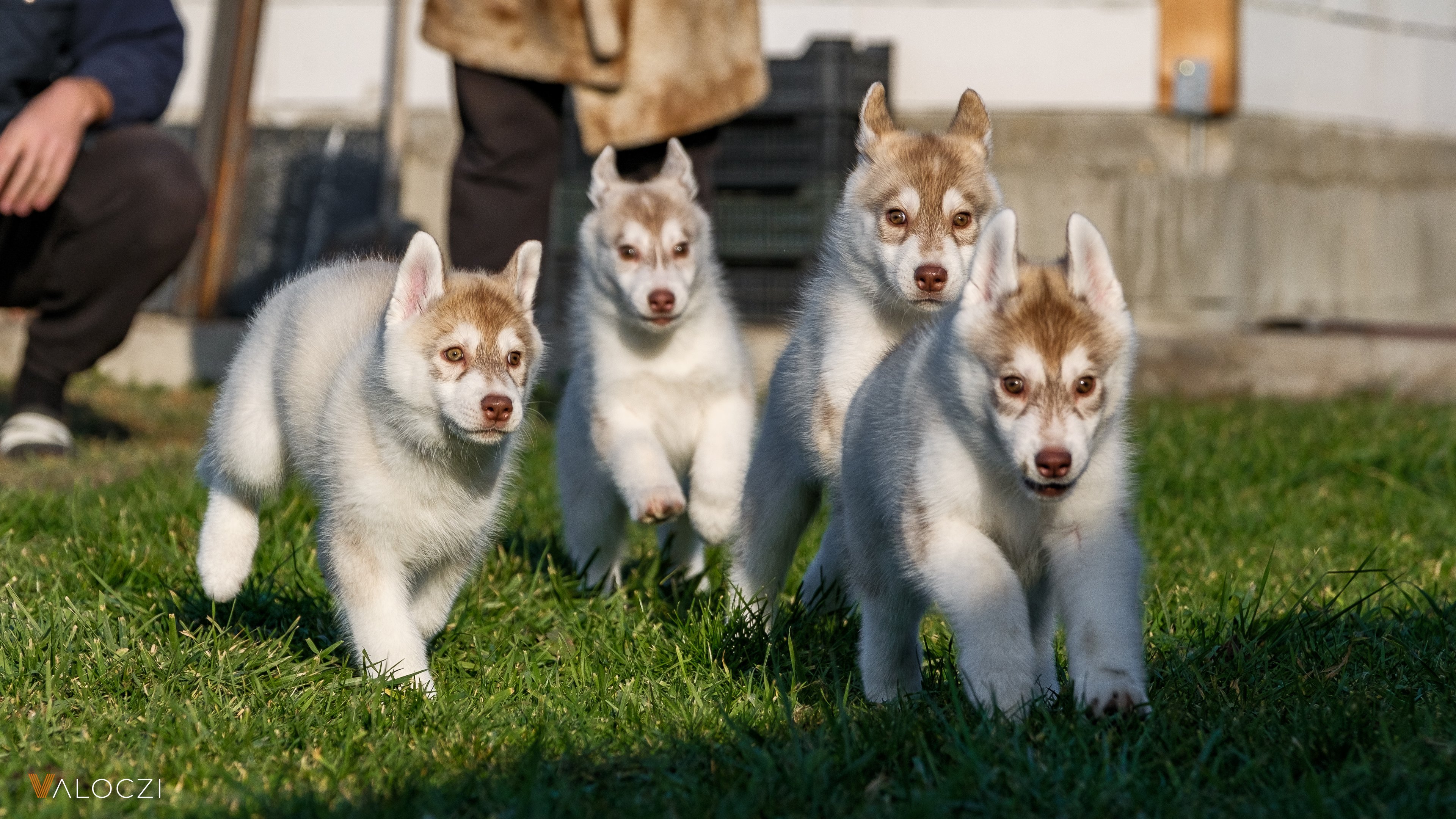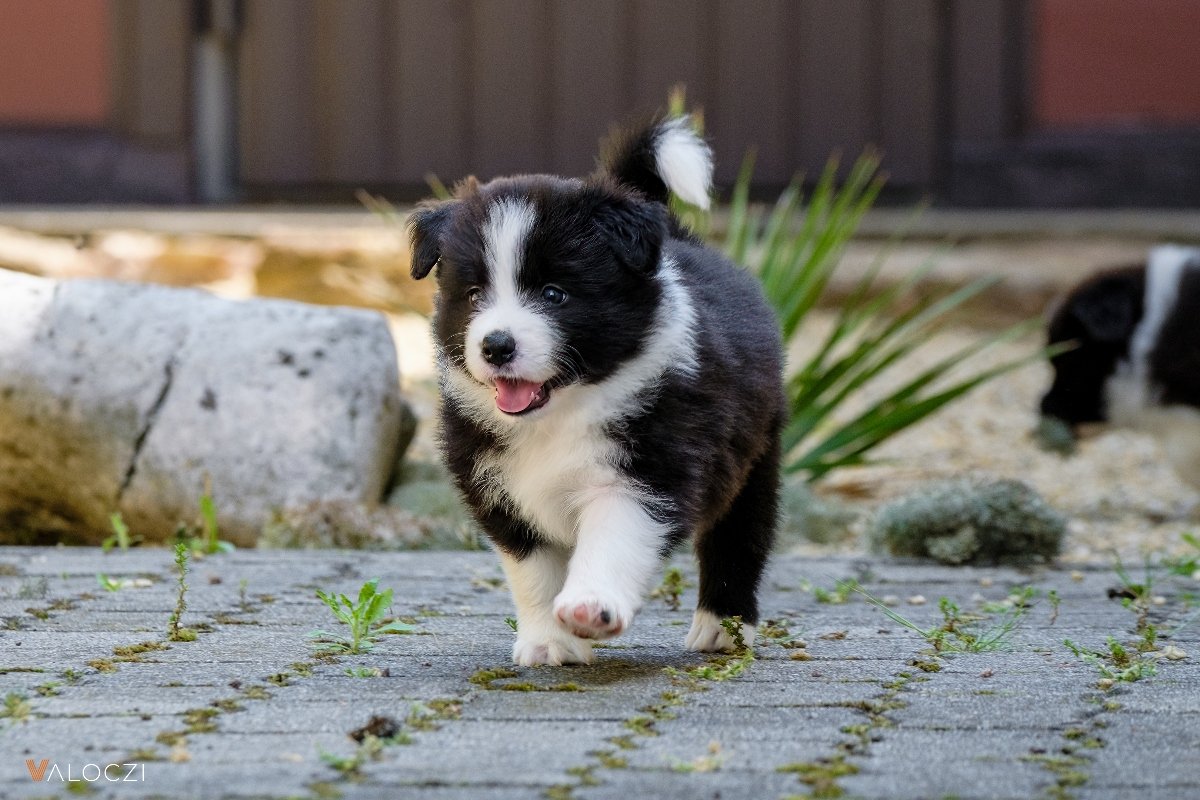Why a Litter of Puppies Can Have Several Different Dads?
Published: 2025. 05. 25 - Photos: welovedogz.hu/en • 3 minutes reading

Published: 2025. 05. 25 - Photos: welovedogz.hu/en • 3 minutes reading

It is not uncommon for pups in a litter to be different sizes and patterns. But sometimes they look so different that it's easy to think they weren't actually born at the same time. One possible reason why puppies look so different is superfecundation.
In the following, we will discuss how dogs from the same litter can have different fathers. Do you think it can happen with human twins?

Superfecundation means that several eggs are fertilised by different males during a single fertilisation cycle. When female dogs are ovulating, they release several eggs during their 3-4 week fertile period. Because the sperm can survive for up to 7 days in the reproductive system of the female dog, it is not necessary for the dog to ovulate on the very day that mating occurs in order to become pregnant.
If the female has mated with two or more males, there may be puppies from different fathers in the same litter. Although puppies may have different fathers, a given puppy will only ever have one father. This phenomenon usually occurs in species that release more eggs when they breed, i.e. they give birth to larger litters.
Superfecundation is also more common in cats because they have induced ovulation - that is, ovulation occurs only when they mate. This means that ovulation can occur during different matings, so there is a greater chance that more than one male will inseminate a female.
If the two males look similar, it is difficult to tell the difference just by looking at them. In such cases, only a DNA test can give a definitive answer, which can identify both parents of the puppy, or at least detect if two puppies have different fathers.
As highlighted above, superfecundation can occur in any animal that produces more eggs, and is typically more common in species that give birth to large litters. Interestingly, it is also possible in humans, although extremely rare. Heteropaternal superfecundation occurs when a second ovum released during the same menstrual cycle is fertilised by the sperm of another male during a separate sexual act.
 A Border Collie puppy / Photo: welovedogz.hu/en
A Border Collie puppy / Photo: welovedogz.hu/en
In August 2018, the Population Genetics and Identification Group (Grupo de Genética de Poblaciones e Identificación) of the National University of Colombia received a request to establish the paternity of a pair of male twins using genetic markers. Several tests were performed and the results showed that the twins have different biological fathers. To date, about 19 cases of heteropaternal superfecundation have been reported worldwide. It is assumed that this phenomenon will not remain so rare in the future, as more cases will be described due to the availability of molecular methods and the popularity and increasing number of paternity tests.
In itself, superfecundation is not considered dangerous. It can be problematic if the puppies' fathers are significantly different sizes, as this can cause complications during farrowing. However, it is worth noting that puppies from two different fathers can indeed look very different, but the mother's genetics also affect the appearance of the unborn offspring.
Follow us!
facebook instagram youtube spotifyRelated articles

This Type of Slug Killer Can Be Deadly For Your Dog Too
Health • 2 minutes
How to keep your dog safe outdoors during the cold winter
Care • 5 minutes
Is your dog's paw slipping too often on the floor? Here's what you can do to help
Care • 3 minutes
As the temperature drops, your dog's skin becomes more sensitive: how to care for it properly
Care • 3 minutes